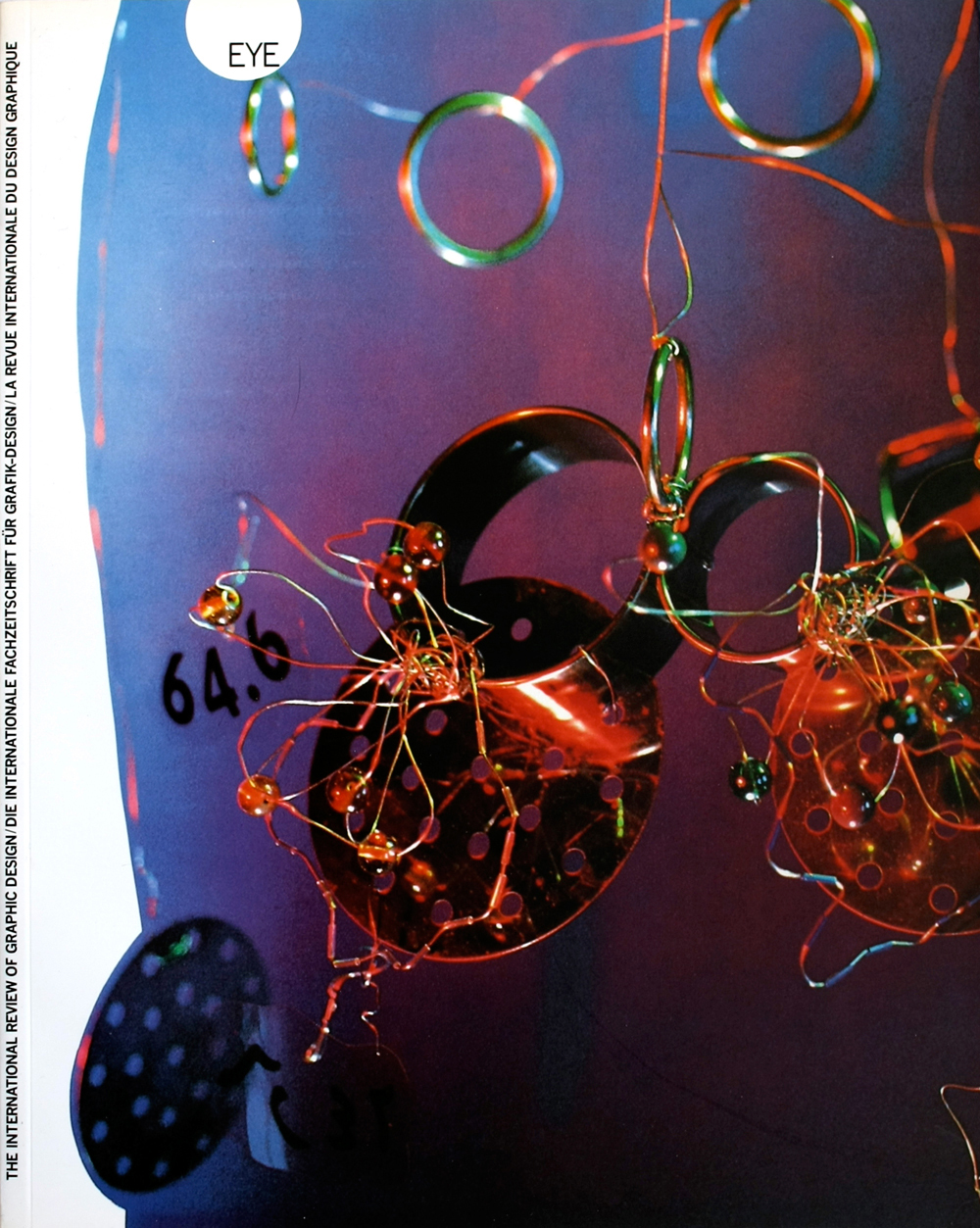Summer 1991
The end of an art form?
Festival d’Affiches de Chaumont
Chaumont, France, 1-2 June 1991Is the poster a valid communication medium or a historical object that graphic designers refuse to let die? This year’s Chaumont poster festival – the second – was on the theme of movie posters. Some 1200 entries were received from 35 countries and they reflected the widely varying states of well-being enjoyed by the poster as an advertising medium for film.
The pattern that emerges is somewhat contradictory. With a few exceptions the poster seems to enjoy most importance as an advertising medium in less industrialised countries. Its true strength appears in Russia, Eastern Europe, the Orient and in the Middle East. (There was little from Africa at Chaumont.)
One exception is France itself, where the poster was first popularised as a tool for advertising, and where it remains a modern and effective advertising medium. The other exception is not so much a country as a design type (something akin to what architects call a building type). This kind of poster serves cultural projects and institutions – museums, theatres, concert halls – and is subject to fewer commercial constraints.
Virtually every graphic designer will tell you that, of all the media one would design, the poster is the project of choice. It’s perfect. It’s big. Words are not important; pictures tend to behave and allow themselves to be pushed about. And, best of all, it’s the type of project that goes down in design history. It’s how, and frequently why, the great designers in history are known. It’s about the simplest way you can explain graphic design to your parents: ‘I do posters’.
But in the United States today there are no posters – not really. There is no place to put them, apart from the public transport system, and no commercial enterprise concerned about return on advertising revenue takes them seriously. Yet there are some graphic images in the US that bear a superficial resemblance to posters, except that they’re not strictly posters – at least not what graphic designers mean by the term. They are just big ads, little brothers of the highway billboards.
Of course, the purpose of posters has always been to sell products, regardless of whether it was chocolates, bicycles or Rambo II. The fact of the matter is that posters, like most other forms of design, have changed. Before, posters used to sell things artfully; now they attempt to sell things scientifically.
In Chaumont there was much talk about poster design as an art form. We all desperately wanted to believe that the medium could still exist in that way. But in the industrialised, marketing-driven countries, the artful poster is mostly a thing of the past. What disturbed me as much as anything was that the international jury (of which I was a member) did not respect this. Most posters in the final selection were historical, such as the winning piece by Juri Bosker, an illustrated poster for a Russian film called Stalin’s Funeral, or nostalgic, as in Bosker’s poster for Bunuel’s Discreet Charm of the Bourgeosie, which wallows in late-1970s pseudo-historicism, and Laurent Petain’s for Nikita, a 1940s knock-off that would be more appropriate for a Raymond Chandler movie.
If we are going to have the poster (or any other design medium) survive, graphic designers will have to acquire the business savvy to understand marketing as well as their clients. Then it might be possible for art once again to become an important component of design. Graphic designers, like other artists, must work to create solutions that move thought, perfection and culture forward into the future, rather than wallowing in the ‘golden age’ of the past.
Tibor Kalman, principal, M&Co, New York, creative director, Interview
First published in Eye no. 4 vol. 1 1991
Eye is the world’s most beautiful and collectable graphic design journal, published for professional designers, students and anyone interested in critical, informed writing about graphic design and visual culture. It is available from all good design bookshops and online at the Eye shop, where you can buy subscriptions and single issues.

